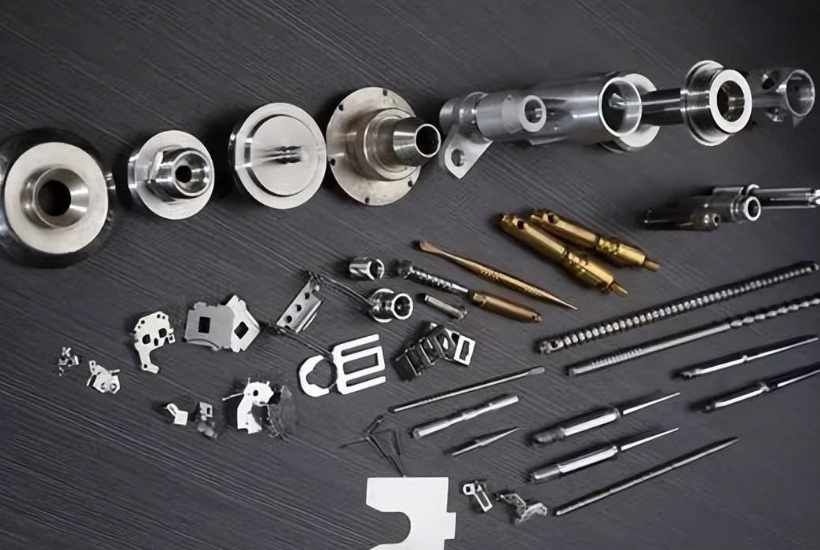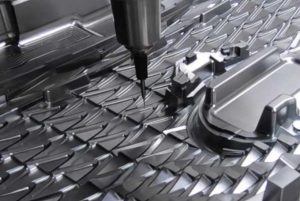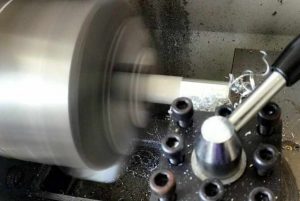I. Programming Techniques
CNC machining centers require high precision in product accuracy. When programming, two aspects should be fully considered: machining sequence and parameters such as speed, feed rate, and cutting depth.
Machining sequences generally include: drilling before milling to prevent material shrinkage during drilling; roughing before finishing; and processing parts with larger tolerances before those with smaller tolerances.
Depending on the material hardness, reasonable speed, feed rate, and cutting depth are selected: high speed and feed rate with large cutting depth for carbon steel materials; low speed, low feed rate, and small cutting depth for hard alloys; low speed, high feed rate, and small cutting depth for titanium alloys.
II. Direct Tool Setting Techniques
First, select the center of the right end face of the part as the tool setting point and set it as zero. After the machine returns to the origin, each tool needed is set to zero based on the center of the right end face of the part. Touch the tool to the right end face and input Z0 for measurement. The measured value will be automatically recorded in the tool compensation value, indicating that the Z-axis tool setting is correct. For X-axis setting, perform a trial cut. Let the tool touch the outer circle of the part slightly and input the measured value (e.g., if x is 20mm, input x20), then measure. The tool compensation value will be automatically recorded, indicating that the X-axis is also set correctly.
This direct tool setting method ensures that even if the machining center loses power, the tool setting values remain unchanged. It is suitable for mass production of the same part for long periods without the need for retooling during equipment shutdown.
III. Debugging Techniques
After programming and tool setting, it is necessary to perform trial cutting debugging to prevent programming errors and tool setting mistakes that could lead to collisions.
First, simulate the tool’s empty travel machining by moving the entire part length 2-3 times to the right within the coordinate system of the machining center. Then, start the simulated machining. After the simulation is complete and the program and tool setting are confirmed to be correct, proceed to actual part machining. After the first part is machined, self-check it for quality, then have a dedicated inspector check it. Only after the dedicated inspector confirms its quality can the debugging be considered complete.
IV. Collision Prevention Techniques
Collisions with the machining center can cause significant damage to the equipment, especially for high-precision machining centers. Generally, machines with low rigidity are more affected. Therefore, for high-precision machining centers, collisions must be absolutely avoided. With careful operation and mastery of collision prevention methods, collisions can be completely prevented and avoided.
There are three main reasons for tool collisions: incorrect input of tool diameter and length; incorrect input of workpiece dimensions and other related geometric dimensions, as well as errors in initial workpiece positioning; incorrect setting of the machining center’s workpiece coordinate system, or changes in the machine zero point during machining, which can cause changes. Machine collisions mostly occur during rapid machine movements, posing the greatest danger. They should be absolutely avoided.
To prevent the above collisions, operators should fully utilize their senses when operating the machine. Observe the machine for any abnormal movements, sparks, noise, vibrations, or odors. If any abnormal conditions are found, immediately stop the program. The machine can only continue working after the problem is resolved.
Machining center operation is based on mastering basic machine operations, fundamental mechanical machining knowledge, and basic programming knowledge. CNC machine operation techniques are not static; they require operators to fully utilize their imagination and hands-on ability, combining innovation with labor.
If you want to avoid low-level work and change your current situation, mastering these techniques is crucial.



